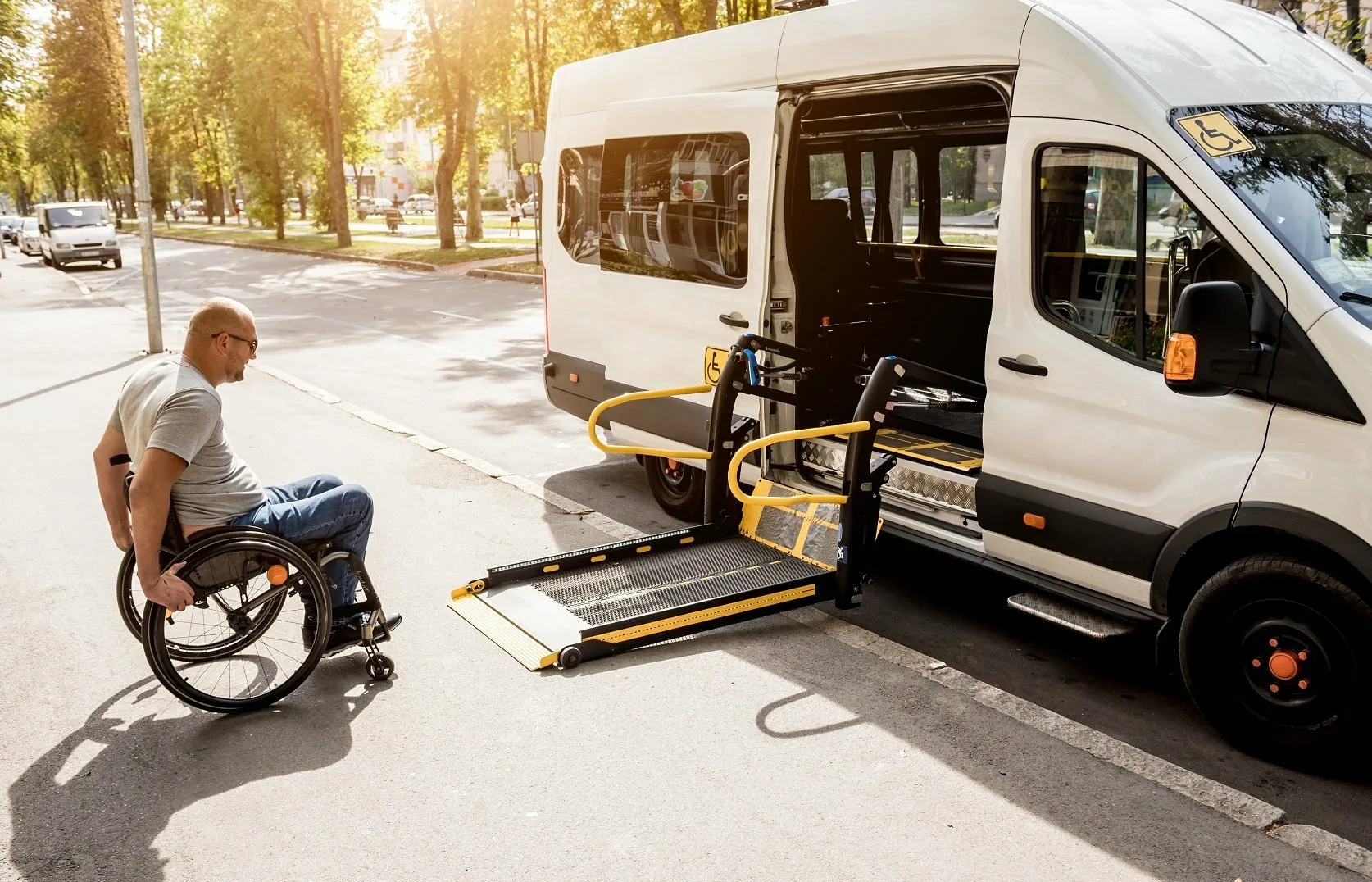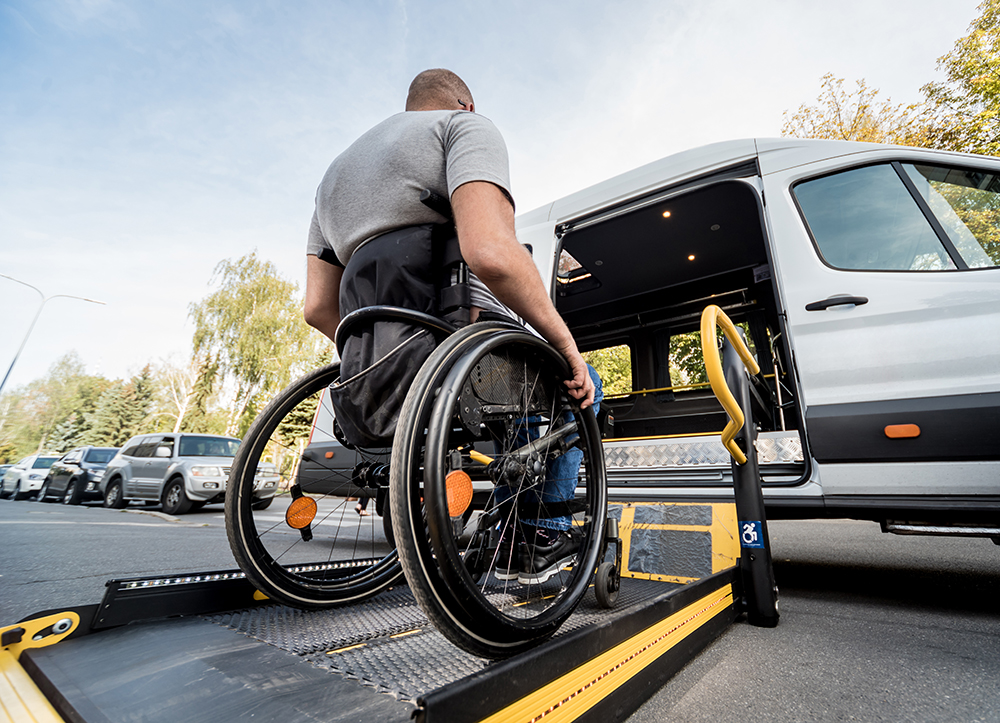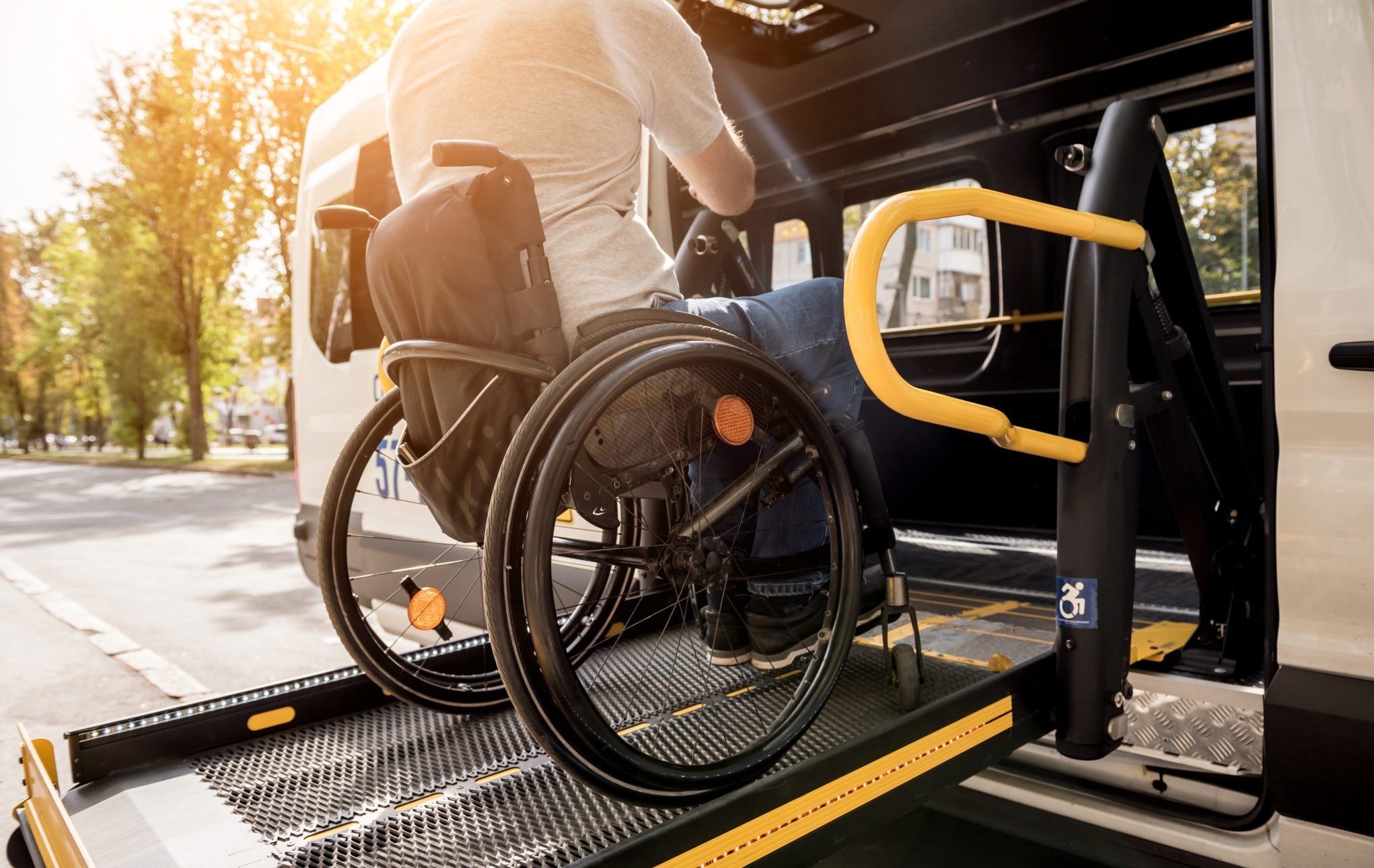Accessing quality healthcare sometimes means traveling across cities, states, or even the country. For many patients, especially those with chronic illnesses, limited mobility, or recovering from surgery, such journeys can be daunting. In these cases, long distance medical transport provides a safe, reliable, and patient-centered solution for non-emergency care.
Whether it’s a senior needing specialized treatment, a patient with complex medical needs, or a family member relocating a loved one to be closer to supportive care, long distance medical transport ensures that travel is comfortable, medically supervised, and stress-free.
In this article, we’ll explore why long distance medical transport is often the best choice for non-emergency care, its key benefits, and how to choose the right service for your needs.
What Is Long Distance Medical Transport?
Long distance medical transport refers to the transportation of patients over extended distances—typically 200 miles or more—who do not require emergency interventions but still need medical oversight or specialized accommodations during travel. Services like long distance medical transport in Westminster, MD ensure that patients receive safe, comfortable, and professionally monitored travel tailored to their specific health needs.
These services fill an important gap between emergency ambulance transport and conventional travel options like planes, trains, or buses. They are used for:
- Relocation of seniors to assisted living or family homes
- Patients requiring specialized treatments in other cities or states
- Post-surgical patients who cannot travel alone
- Patients with mobility challenges or disabilities
- Non-emergency hospital transfers to higher-level care facilities
Unlike basic transportation services, long distance medical transport vehicles are equipped with features such as stretchers, wheelchair lifts, oxygen support, vital sign monitoring, and professional medical staff on board.
Why Long Distance Medical Transport Is the Best Choice
Choosing the right transportation method for non-emergency medical needs can have a significant impact on the patient’s comfort, safety, and outcomes. Here’s why long distance medical transport stands out as the optimal choice.
-
Enhanced Comfort and Safety
Patients requiring non-emergency care often face health challenges that make conventional travel uncomfortable or risky. Long distance medical transport services provide:
- Climate-controlled, spacious vehicles
- Custom seating and stretchers
- Trained medical staff to monitor and assist
- Safe handling of medical equipment and medications
This level of care reduces stress, pain, and potential medical complications, making the journey as smooth as possible.
-
Tailored Medical Oversight
One of the key advantages of long distance medical transport is the presence of licensed medical professionals who can provide monitoring, administer medications, and respond to changes in the patient’s condition.
Depending on the patient’s needs, the crew may include:
- Registered Nurses (RNs)
- Emergency Medical Technicians (EMTs)
- Paramedics
- Specialized transport aides
Having trained professionals on board ensures that patients remain safe and supported throughout their journey—something commercial airlines or private vehicles cannot offer.
-
Accessibility and Specialized Equipment
Many patients needing non-emergency transport have mobility challenges. Affordable long distance medical transportation services offer:
- Wheelchair-accessible vehicles
- Stretchers for patients unable to sit upright
- Onboard oxygen therapy, IV equipment, and vital signs monitoring
- Custom configurations for bariatric patients
This level of accessibility ensures that even the most vulnerable patients can travel with dignity and security.
The Risks of Choosing Inappropriate Transportation
Families sometimes attempt to manage non-emergency medical travel on their own, often unaware of the risks involved. Driving a personal car or relying on standard transportation can lead to:
- Medical emergencies without trained staff to respond
- Increased discomfort due to inadequate seating or equipment
- Travel delays if a medical issue arises
- Strain on caregivers, who are unprepared to manage complex medical needs during a long journey
In contrast, long distance medical transport eliminates these risks by providing a professional, controlled environment tailored to the patient’s condition.
Affordable Long Distance Medical Transportation: A Practical Investment
Cost is an understandable concern for families arranging non-emergency medical transport. However, it’s important to view affordable long distance medical transportation as an investment in patient safety and well-being.
When compared to potential hospitalizations caused by improper travel, or the physical and emotional strain placed on family members, professional transport is both cost-effective and compassionate.
Many providers offer flexible pricing options based on distance, level of medical care required, and vehicle type. Additionally, some costs may be partially covered by insurance depending on the patient’s situation.
How to Choose the Right Long Distance Medical Transport Provider
When selecting a transport service, families should consider:
- Licensing and certifications of the provider and staff
- Experience with similar patient needs
- Availability of specialized equipment
- Vehicle safety and comfort features
- Transparent pricing and insurance acceptance
- Customer reviews and testimonials
A reputable provider will be responsive, compassionate, and thorough in helping you plan the safest and most comfortable journey possible.
When Should You Use Long Distance Medical Transport?
Here are some common situations where long distance medical transport is the ideal choice:
- Relocating seniors to be closer to family or care facilities
- Inter-state hospital transfers for advanced treatments
- Traveling to specialized rehabilitation centers
- Returning home after a lengthy hospital stay
- Medical travel for patients unable to fly commercially
In each case, this specialized transport ensures that the patient’s journey is safe, smooth, and medically appropriate.
Conclusion
When it comes to non-emergency medical travel, not all transportation methods are created equal. For patients with complex health needs, mobility challenges, or long distances to cover, long distance medical transport offers unmatched benefits in terms of safety, comfort, and peace of mind.
Choosing an experienced and professional service can make all the difference—transforming a difficult journey into a supportive experience that puts patient care first. Whether relocating a loved one or arranging transport for specialized care, long distance medical transport is often the best choice for families seeking reliable and compassionate solutions.
FAQs
- How far can long distance medical transport services travel?
Most providers offer transport for distances starting at 200 miles and extending across state lines or coast-to-coast, depending on your needs. - Is affordable long distance medical transportation available?
Yes. Many providers offer flexible pricing based on distance, care level, and vehicle type. Some insurance plans may help cover costs. - What type of patients typically use long distance medical transport?
Common users include seniors, post-surgical patients, individuals with chronic illnesses, and patients requiring relocation to specialized medical facilities. - What is included in long distance medical transport?
Services typically include medical monitoring, specialized vehicles, equipment such as oxygen and IV support, and professional medical staff onboard. - How do I choose a reputable long distance medical transport provider?
Look for providers with proper licensing, trained medical staff, positive customer reviews, and transparent pricing. Ask about their experience with patients like yours.
Comments are closed or not available on this post.




